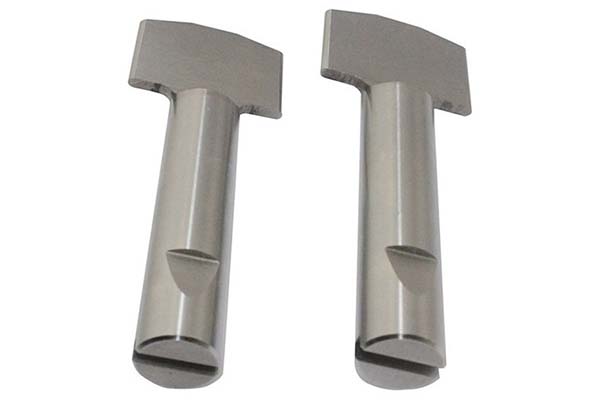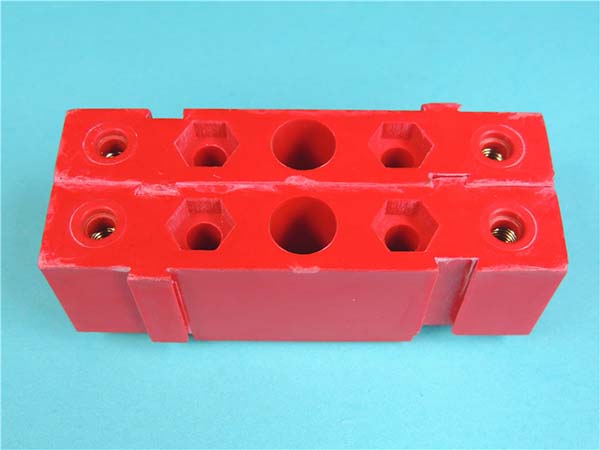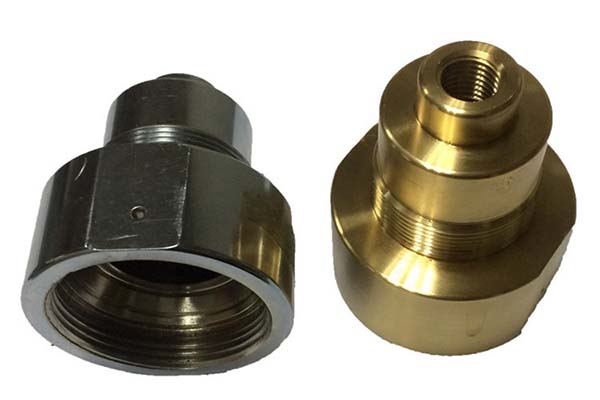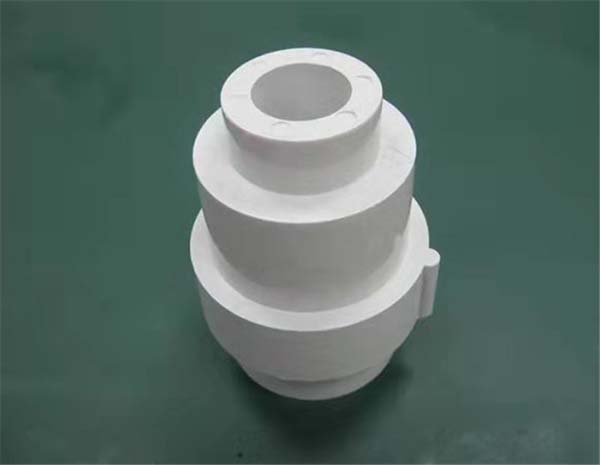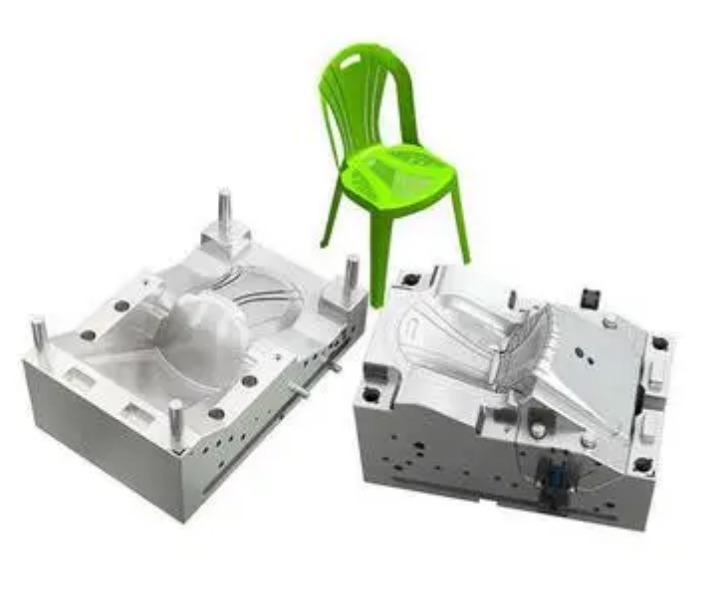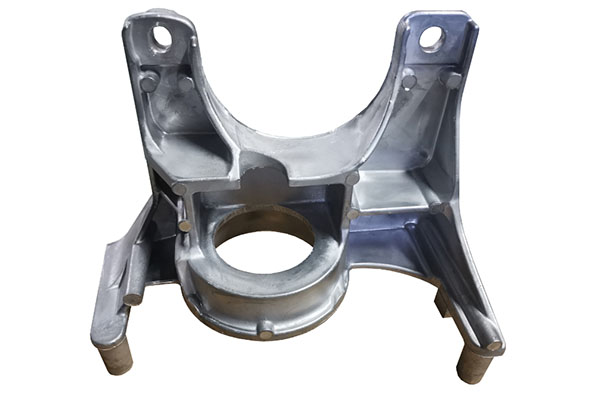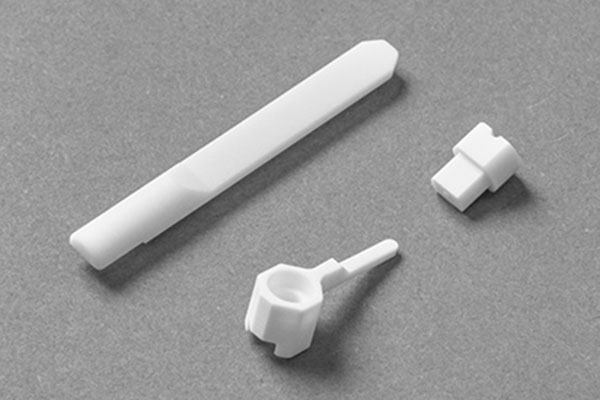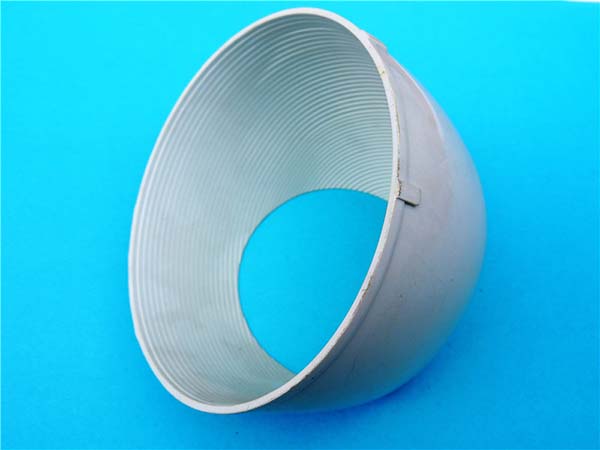Introduction
In the fast-paced world of modern manufacturing, two terms that have become increasingly crucial are rapid prototyping and rapid tooling. But what exactly are they, and why are they so significant?
Rapid prototyping is a technology that allows the creation of physical prototypes directly from 3D digital models. It uses additive manufacturing techniques, such as 3D printing, to build a three - dimensional object layer by layer. This process significantly reduces the time and cost compared to traditional prototyping methods. For example, in the past, creating a simple plastic prototype might have involved weeks of machining and tooling setup. With rapid prototyping, the same prototype can be ready in a matter of days or even hours.
Rapid tooling, on the other hand, focuses on the quick production of molds and tools. These tools are essential for mass production. Traditional tool - making processes often take a long time, from design to the final product. Rapid tooling technologies, like direct metal laser sintering for making metal molds, can cut down this lead time.
The importance of rapid prototyping and rapid tooling in modern manufacturing cannot be overstated. They enable companies to bring products to market faster. A study shows that companies that adopt these technologies can reduce their product development cycle by up to 50%. This gives them a competitive edge in the market. Moreover, they allow for more design iterations. Designers can quickly test different design concepts, make improvements, and finalize the design before moving to mass production.
If you are involved in product development, manufacturing, or are just curious about the latest manufacturing technologies, you might have questions like: What are the different types of rapid prototyping and rapid tooling techniques? Which one is right for my project? How can I ensure the quality of the prototypes and tools? In this article, we will answer these questions and more, providing you with a comprehensive understanding of rapid prototyping and rapid tooling.
What is Rapid Prototyping?
Definition
Rapid prototyping, also known as additive manufacturing, is the process of directly creating a physical model or functional prototype from a CAD (Computer - Aided Design) model. It transforms a digital 3D design into a tangible object, allowing designers and engineers to visualize, test, and validate their ideas much faster than traditional manufacturing methods. For example, instead of spending weeks carving a prototype out of solid materials, rapid prototyping can build it layer by layer in a matter of hours or days.
Working Principle
The working principle of rapid prototyping mainly relies on additive manufacturing techniques. Take 3D printing, one of the most common rapid prototyping methods, for example. It works by depositing materials layer by layer based on the digital model. Each layer is a cross - section of the final 3D object, and as these layers are stacked upon one another, the complete prototype is formed.
There are several common rapid prototyping technologies:
- Stereolithography (SLA): This technology uses a UV laser to cure liquid photopolymer resin layer by layer. The laser traces the cross - sectional pattern of the part on the surface of the resin, solidifying it. As the build platform lowers, a new layer of resin is spread, and the process repeats until the entire prototype is completed. SLA is known for its high precision and smooth surface finish, making it suitable for creating detailed prototypes such as jewelry models or small, intricate mechanical parts.
- Selective Laser Sintering (SLS): SLS uses a laser to sinter powdered materials, such as plastic, metal, or ceramic. The laser heats the powder particles to their melting point, fusing them together to form a solid layer. After each layer is sintered, a new layer of powder is spread, and the process continues. SLS can produce strong and durable prototypes, and it doesn't require support structures for overhanging parts, which is an advantage in some applications, like manufacturing functional prototypes for the automotive industry.
Applications
Rapid prototyping has a wide range of applications across various industries:
- Automotive Industry: Car manufacturers use rapid prototyping to quickly create prototypes of new car parts, such as engine components, interior fixtures, and body panels. This allows them to test the form, fit, and function of the parts before mass production. For example, a new design for a car's air intake system can be prototyped and tested in a wind tunnel to optimize its performance.
- Aerospace Industry: In aerospace, where precision and reliability are crucial, rapid prototyping helps in making complex components like turbine blades and aircraft interior components. By using rapid prototyping, aerospace companies can reduce the time and cost of developing new parts, and also iterate on designs more quickly to meet the high - performance requirements of the industry. For instance, a new design for a satellite's heat - shield component can be rapidly prototyped and tested for its heat - resistance properties.
What is Rapid Tooling?
Definition
Rapid tooling refers to the techniques and processes used to quickly produce molds and tools for manufacturing. It utilizes the parts made from rapid prototyping as a basis for creating these molds. For example, a plastic prototype made through 3D printing can be used to create a mold that will be used to mass - produce the same plastic part in the future. This approach bridges the gap between the prototyping stage and mass production, allowing for a more seamless transition.
Types and Their Features
- Soft Tooling: Soft tooling mainly uses materials like silicone rubber. One of its biggest advantages is its low cost. It can be fabricated relatively quickly, often within a few days. This type of tooling is well - suited for small - batch production runs, usually ranging from 10 to 500 parts. For instance, if a startup wants to produce a limited number of custom - designed phone cases to test the market, soft tooling can provide a cost - effective and fast solution. However, soft tools have a shorter lifespan compared to hard tools and may not be suitable for high - volume production due to wear and tear.
- Hard Tooling: Hard tooling involves the use of more durable materials such as metals like steel or aluminum. These tools are much more robust and can withstand a large number of production cycles, often hundreds of thousands or even millions of parts. They are ideal for high - volume mass production. For example, in the automotive industry, hard - tooled molds are used to produce parts like car bumpers and interior components in large quantities. But the drawback is that hard tooling is more expensive to produce and takes longer to fabricate compared to soft tooling.
Significance in Production
Rapid tooling significantly shortens the mold - making cycle. In traditional tool - making, it could take months to design, machine, and test a mold. With rapid tooling, this time can be reduced to weeks or even days in some cases. This time reduction directly leads to cost savings. A study showed that companies using rapid tooling can save up to 30% on tool - making costs. Moreover, it enables companies to respond quickly to market demands. If there is a sudden change in consumer preferences or a new competitor enters the market, a company can quickly modify its product design, create a new mold using rapid tooling, and start producing updated products. This agility gives companies a competitive edge in the market, allowing them to introduce new products faster and capture market share before their competitors.
Yigu Technology's View
As a non - standard plastic metal products custom Supplier, Yigu Technology highly values rapid prototyping and rapid tooling. These technologies are at the core of our ability to provide efficient and customized solutions for our clients.
By leveraging rapid prototyping, we can quickly transform our clients' ideas into tangible prototypes. This allows for early design validation and testing, reducing the risk of costly errors in the later production stages. For example, when a client has a new concept for a plastic - metal composite product, we can use 3D printing to create a prototype within a short time. This prototype can then be used for functional testing, ergonomic evaluation, and design refinement.
In terms of rapid tooling, we can produce molds and tools swiftly, which is crucial for our clients who need to start mass production promptly. Whether it's soft tooling for small - scale production or hard tooling for high - volume manufacturing, we have the expertise and resources to meet their needs. This not only shortens the overall product development cycle but also helps our clients to save costs and bring their products to market faster, thereby enhancing their competitiveness in the market.
FAQ
What materials can be used for rapid prototyping?
Common materials for rapid prototyping include plastics like ABS, PLA, and nylon. ABS is strong and heat - resistant, suitable for functional prototypes in the automotive or electronics industries. For example, it can be used to make prototypes of car interior components. PLA is biodegradable and has a smooth surface finish, often used for consumer product prototypes such as smartphone cases. Nylon offers high strength and flexibility, making it ideal for parts that require durability, like gears in small mechanical devices.
Metals such as aluminum, steel, and titanium can also be used. Aluminum is lightweight and has good thermal conductivity, suitable for aerospace and automotive parts prototypes, like aircraft engine brackets. Steel provides high strength and is often used for industrial machinery part prototypes. Titanium is known for its high strength - to - weight ratio and corrosion resistance, used in medical implants prototypes and high - end aerospace components.
Ceramics are another option. They have high heat resistance and chemical stability, making them suitable for prototypes in the electronics (e.g., ceramic substrates for circuit boards) and aerospace (thermal protection components) industries. However, ceramic prototyping is more challenging due to its brittleness and the need for special sintering processes.
How accurate are the prototypes and tools made through these techniques?
The accuracy of prototypes and tools made through rapid prototyping and rapid tooling techniques depends on several factors, including the equipment used, the materials, and the specific process. Generally, in rapid prototyping, SLA can achieve an accuracy of around ±0.1mm for small to medium - sized parts. For example, when creating a small jewelry - like prototype, the fine details can be reproduced with this level of accuracy. SLS - made parts typically have an accuracy of ±0.2 - 0.3mm. Larger parts may have a slightly lower accuracy due to factors like thermal expansion during the sintering process.
In rapid tooling, soft - tooled molds, such as those made of silicone rubber, may have an accuracy of ±0.5 - 1mm, which is suitable for small - batch production where high precision is not the top priority, like producing small - scale promotional items. Hard - tooled molds made of metals can achieve much higher accuracy, often in the range of ±0.05 - 0.1mm, which is crucial for high - volume production of precision parts, such as automotive engine components. To improve accuracy, proper calibration of the equipment, selection of high - quality materials, and optimization of the manufacturing process parameters are essential.

